n
|
 Послао: Суб Мар 31, 2007 4:01 pm Наслов: Послао: Суб Мар 31, 2007 4:01 pm Наслов: |
 |
|
On
27 December 1959, Red Star played its last match at the old stadium. FK
Novi Sad was the opposition in a farewell game at the dilapitated arena
built in 1927.
Together with the crumbling facility, a part of football history  d left as well. At t d left as well. At t t
stadium Moљa Marjanoviж scored a famous goal on the Spanish keeper
Ricardo Zamora, Frantiљek Plбniиka was defeated, and after World War II
plenty of beautiful and exciting games were played. t
stadium Moљa Marjanoviж scored a famous goal on the Spanish keeper
Ricardo Zamora, Frantiљek Plбniиka was defeated, and after World War II
plenty of beautiful and exciting games were played.
After the farewell game, stadium was demolished to be replaced by
the modern new sporting facility at the exact same spot. In order to
prepare the adequate construction area for the new stadium t t was to be 12 meters lower t t was to be 12 meters lower t n the previous one, over 350,000 cubic metres of soil and 15,000 cubic metres of stone n the previous one, over 350,000 cubic metres of soil and 15,000 cubic metres of stone  d to be excavated. d to be excavated.
Following the three years of construction, the new stadium was ready to
be unveiled. The official opening took place on September 1, 1963 with
the Yugoslav First League match against NK Rijeka (2:1). T t day, some 55,000 spectators came through 9 entrance gates of 5 metres width each into the still unfinished stands. t day, some 55,000 spectators came through 9 entrance gates of 5 metres width each into the still unfinished stands.
The largest crowd was recorded t t
autumn at a derby against FK Partizan – 74,000 people. Next year, after
the stadium was fully completed its capacity increased to 110,000
spectators and it got the unofficial moniker - Marakana, in honour of
the famous Brazilian stadium. Apart from the exciting look, the new
stadium also featured a magnificent grass pitch with drainage, which
made the overall playing experience much more enjoyable. t
autumn at a derby against FK Partizan – 74,000 people. Next year, after
the stadium was fully completed its capacity increased to 110,000
spectators and it got the unofficial moniker - Marakana, in honour of
the famous Brazilian stadium. Apart from the exciting look, the new
stadium also featured a magnificent grass pitch with drainage, which
made the overall playing experience much more enjoyable.
First official goal on Red Star's Marakana was scored by Trifun
Mihajloviж in a youth match between Red Star and Jedinstvo from Zemun,
a prelude to the first league match with NK Rijeka. First official top
division goal is a deed of Vukoja from Rijeka while Dusan Maravic
scored Red Star's first ever goal at Marakana with the tying effort in
the same game.
Still on the subject of records, according to the number of tickets
sold, Marakana saw its largest crowd on April 23, 1975 at the Cup
Winners Cup semi-final home leg against the Hungarian side Ferencvбros
(2:2). There were officially 96,070 spectators in the stands t t night with purchased tickets, but it is believed t t night with purchased tickets, but it is believed t t the stadium was filled to the maximum allowable capacity which at the time was 110,000. t the stadium was filled to the maximum allowable capacity which at the time was 110,000.
In the years since, Marakana‘s capacity was gradually decreased.
Following different modernisation touch-ups more seats were put in each
time. During mid 1990s in order to meet UEFA demands for spectators'
comfort and security, standing places at the stadium were completely
done away with. Seats were installed on all 4 stands so t t the Marakana‘s maximum capacity today reaches 51,538. t the Marakana‘s maximum capacity today reaches 51,538.
Notable matches
European Champions Cup season 1972/1973 final between Ajax and Juventus
(1:0) on 30 April 1973, is among the record attendances on Belgrade’s
Marakana. There were 91,564 spectators in the stands (the third highest
attendance on the stadium's official all-time list), who came out to
see the European football stars of the day such as Ruud Krol, Johan
Neeskens, Johnny Rep, Johan Cruijff, Dino Zoff, Fabio Capello, Josй
Altafini, Roberto Bettega, and others.
Another major international football competition was played at Red
Star’s stadium – 1976 European Football Championship. Marakana actually
hosted two memorable matches: the semi-final, which Yugoslavia lost 2:4
in heartbreaking fashion to West Germany in extra-time after leading
2:0 for much of the game, and the final on June 20, 1976 t t saw Czechoslovakia upset West Germany 5-3 on penalties, after the game as well as the extra-time ended in a 2:2 tie. t saw Czechoslovakia upset West Germany 5-3 on penalties, after the game as well as the extra-time ended in a 2:2 tie.
On April 24, 1991, Red Star Belgrade and Bayern Munich contested a
European Champions Cup semifinal tie. Since Red Star held a 2-1
advantage from the away game in Munich, atmosphere before the home leg
at Marakana was electric as fans could almost taste the big European
final for the first time in club history. Naturally, the stadium was
packed and when Siniљa Mihajloviж scored a trade mark free-kick goal
for 1-0 on the night, progression to the big final seemed a foregone
conclusion. But, in true German football style, Bayern came back with
two quick second half goals to level the aggregate score. Finally, deep
into injury time when the game seemed destined for extra period, a
harmless looking Mihajloviж cross into the box got deflected upwards by
defender Klaus Augenthaler and subsequently misjudged by Bayern goalie
Raimond Aumann - 2:2 on the night and Red Star goes through. The final
whistle sparked off a huge celebration inside the stadium as well as a
massive celebratory pitch invasion.
In the Autmn of 1996, Red Star hosted 1.FC Kaiserslautern and FC
Barcelona as part of their round of 32 and round of 16, respectively,
Cup Winners' Cup ties. The significance of the matches was in the fact t t after more t t after more t n
four years of sporting embargo and almost six years since the historic
European Champions Cup title, Red Star was again competing among the
European elite. Against Kaiserslaturn, they were 0-1 down after first
leg, but managed to go through in extra time at Marakana on September
26, 1996 due to an inspired display by 18-year-old Dejan Stankoviж and
19-year-old Perica Ognjenoviж. The next round brought powerhouse Barзa
team featuring the likes of Ronaldo and Luнs Figo, and Red Star was
simply hoping for a miracle in the pressure-free underdog role. First
leg 1-3 defeat at Camp Nou provided some hope for the home leg, but it
was quickly extinguished by confident Barзa stars who easily held on
for a 1-1 draw. The match is remembered for its carneval atmosphere as
well as the never before seen tifo display (fan choreography) t n
four years of sporting embargo and almost six years since the historic
European Champions Cup title, Red Star was again competing among the
European elite. Against Kaiserslaturn, they were 0-1 down after first
leg, but managed to go through in extra time at Marakana on September
26, 1996 due to an inspired display by 18-year-old Dejan Stankoviж and
19-year-old Perica Ognjenoviж. The next round brought powerhouse Barзa
team featuring the likes of Ronaldo and Luнs Figo, and Red Star was
simply hoping for a miracle in the pressure-free underdog role. First
leg 1-3 defeat at Camp Nou provided some hope for the home leg, but it
was quickly extinguished by confident Barзa stars who easily held on
for a 1-1 draw. The match is remembered for its carneval atmosphere as
well as the never before seen tifo display (fan choreography) t t saw all four Marakana stands covered in retractable flags, banners and mosaics. t saw all four Marakana stands covered in retractable flags, banners and mosaics.
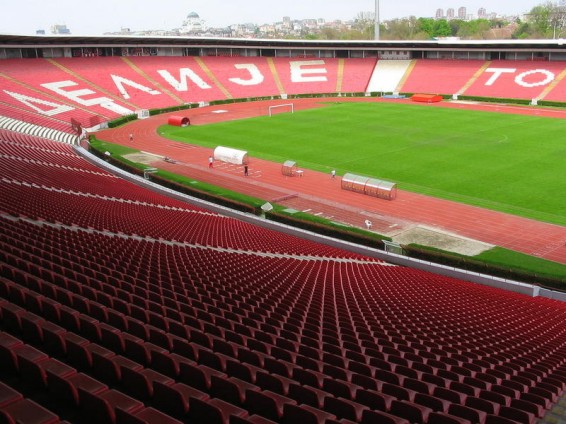 | |
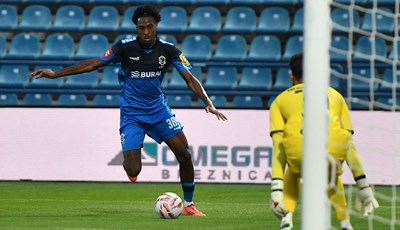



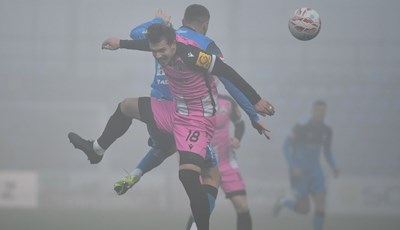
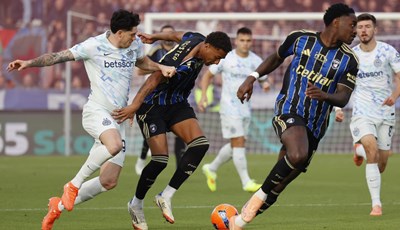
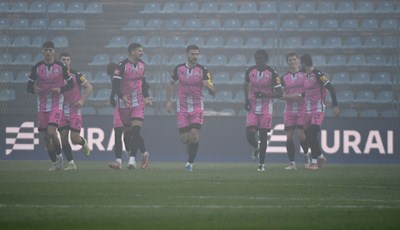
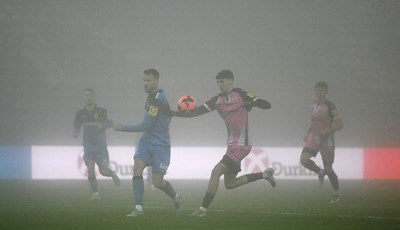
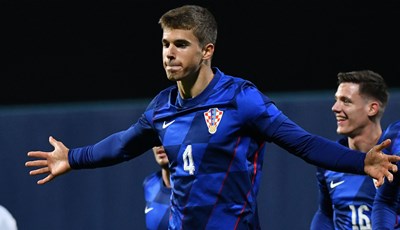
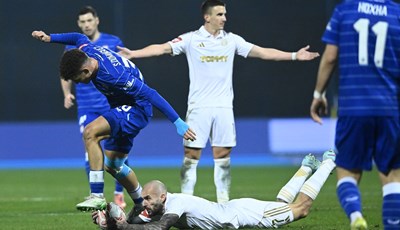

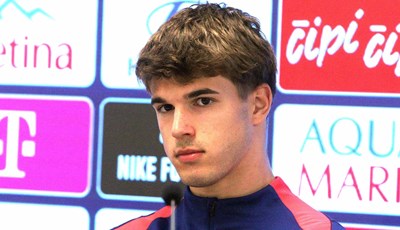
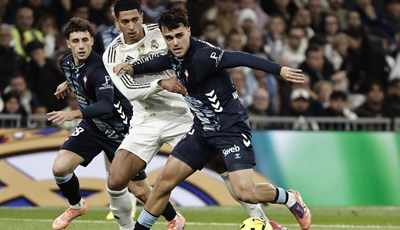
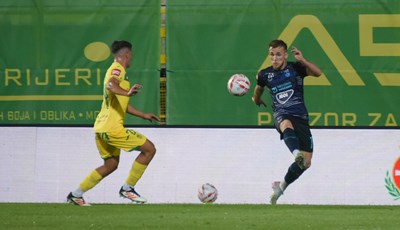
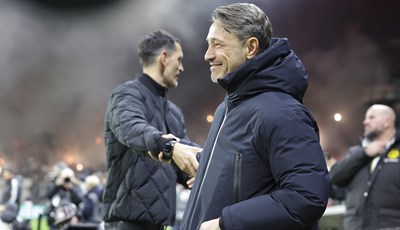
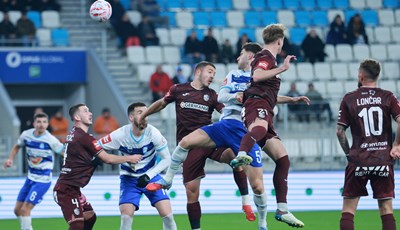







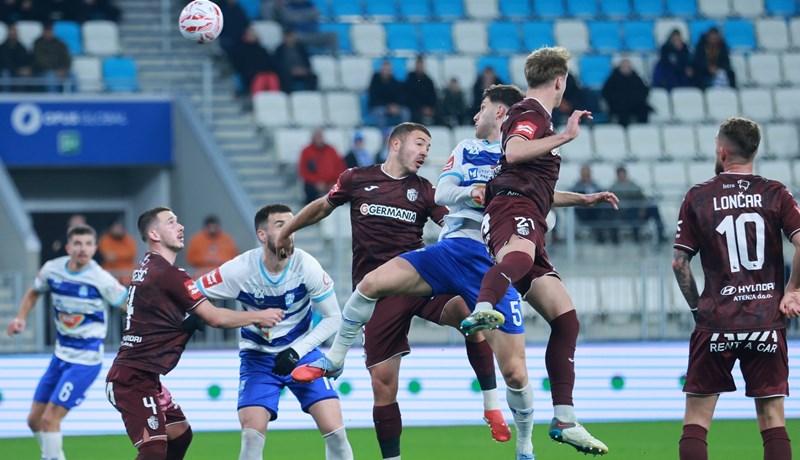
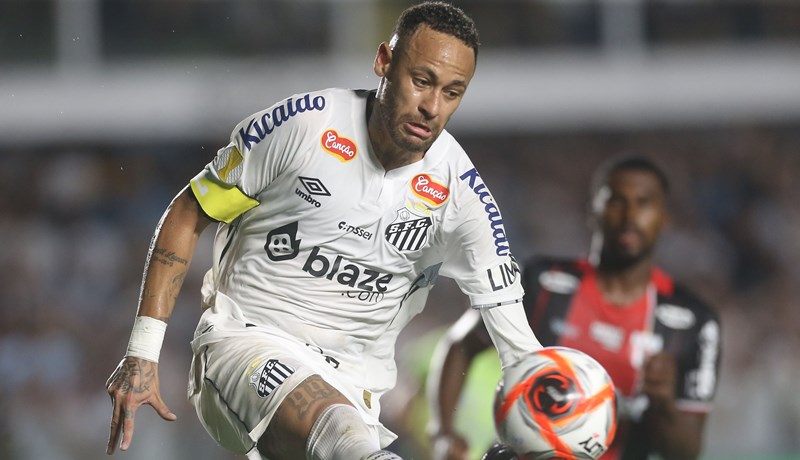
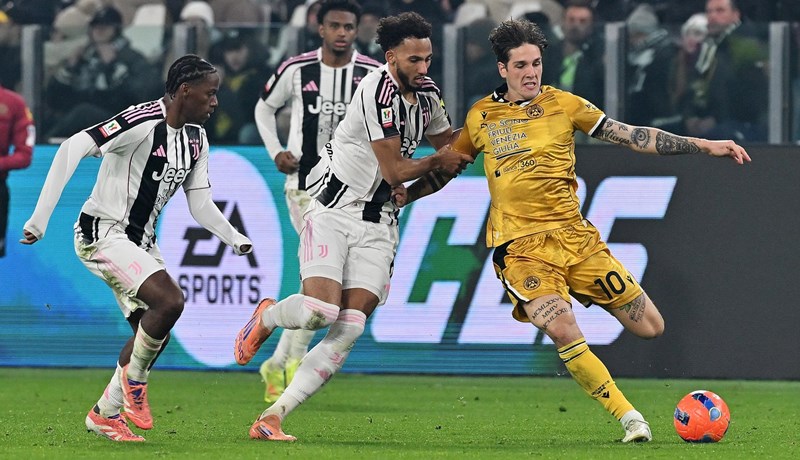
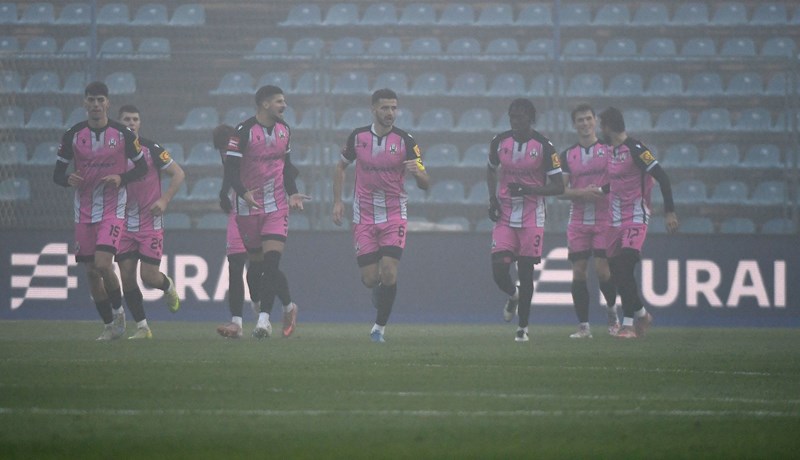
 Danas se Suhopolje bori za ulazak u 2.ligu, ali nema više Đuru Dečaka iza sebe tako da pitanje šta će bit.
Danas se Suhopolje bori za ulazak u 2.ligu, ali nema više Đuru Dečaka iza sebe tako da pitanje šta će bit.